The experience of tasting a wine is a combination of how it looks, smells and tastes. Some say the nose — or aroma — of a wine can be the most powerful indicator of taste. The aroma can account for 85 percent of a wine's flavor. Smelling a wine is where you'll examine intensity, age, wood, fruit and non-fruit (like spice or earth) characteristics.
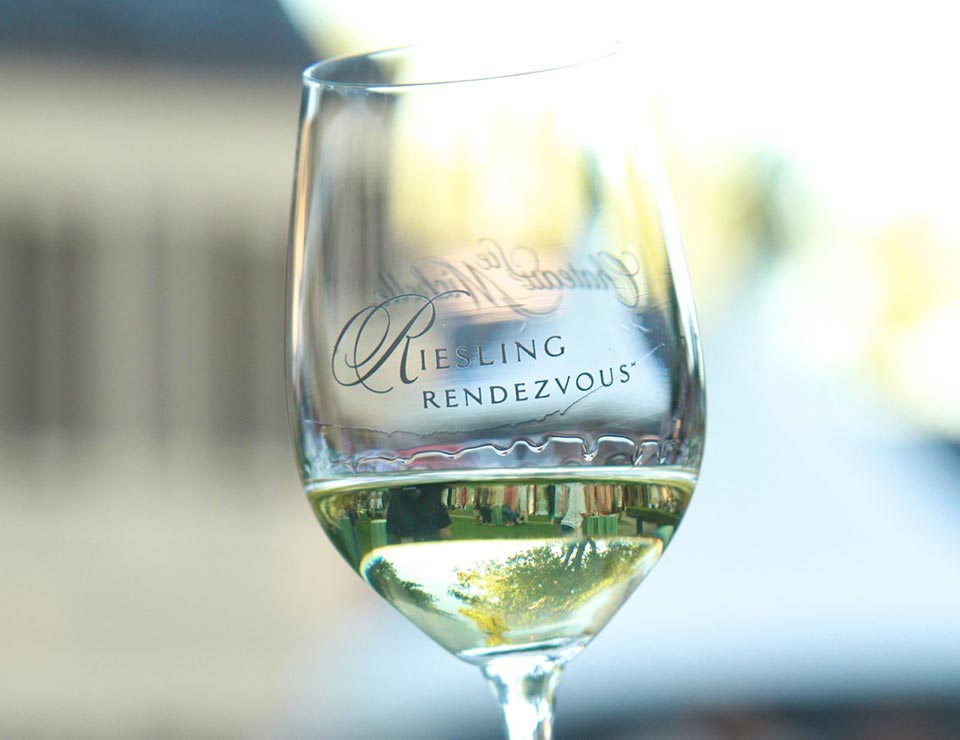
Begin by smelling the wine. Hold the glass just below your nose and give the wine a couple of sniffs to set a baseline. Now, swirl the wine. This aerates the wine, causing it to release aromatic compounds, so it will smell and taste different. Now, take long, slow sniffs, allowing yourself time to take in the different characteristics. Sniffing different areas of the glass will bring forward different aromas, such as rich fruit near the lower lip of the glass, and floral aromas and volatile esters on the upper lip.
First things first: is the wine flawed? If so, you may encounter cork taint, oxidation, volatile acidity, excess sulfur dioxide and more. See more detail on flaws below.
It's important to know which aspects of a wine's profile and appearance may denote a fault in the wine. Begin by examining the unopened bottle, then proceed from there. Any of the faults listed below will indicate that the bottle may have been compromised and that you should consider opening a new one.
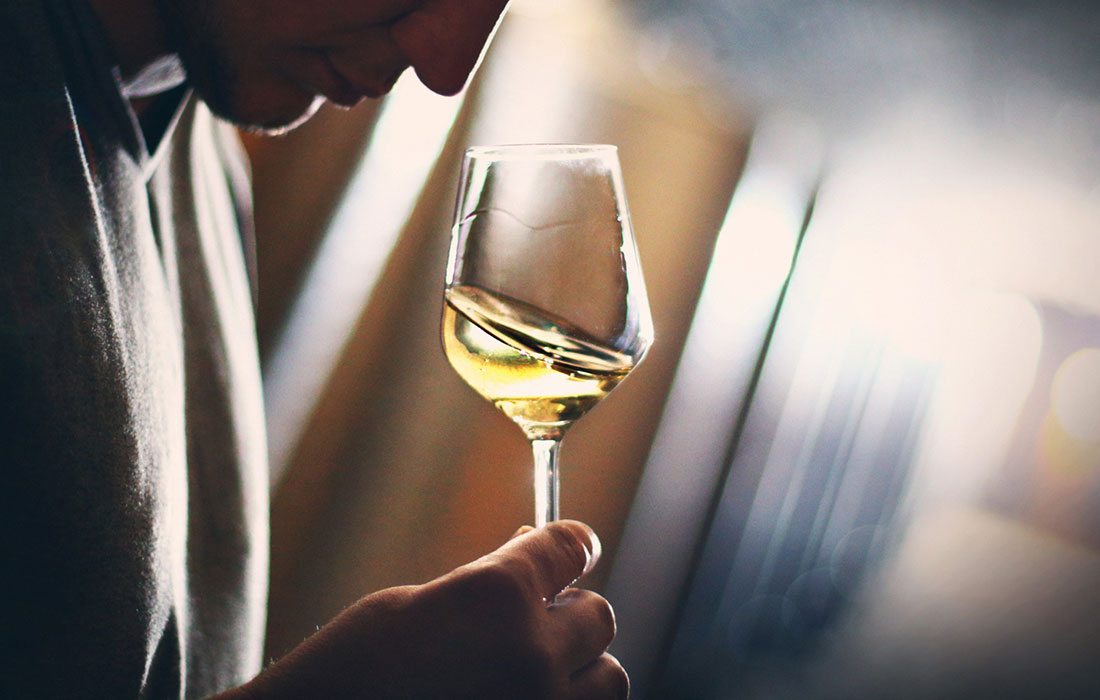
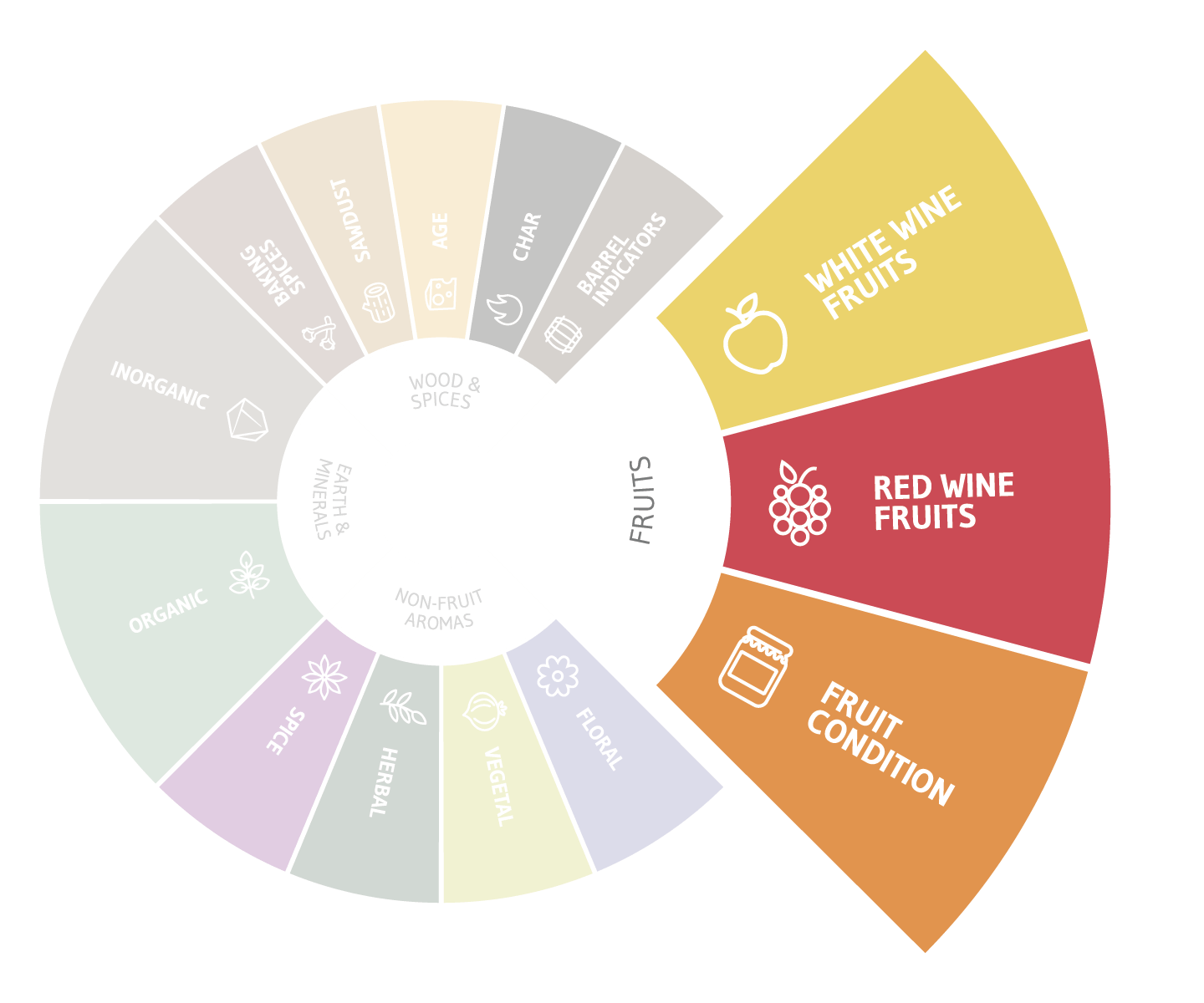
Once you have concluded that the wine is free from faults, or "clean," begin exploring the different fruit aromas present in the wine.
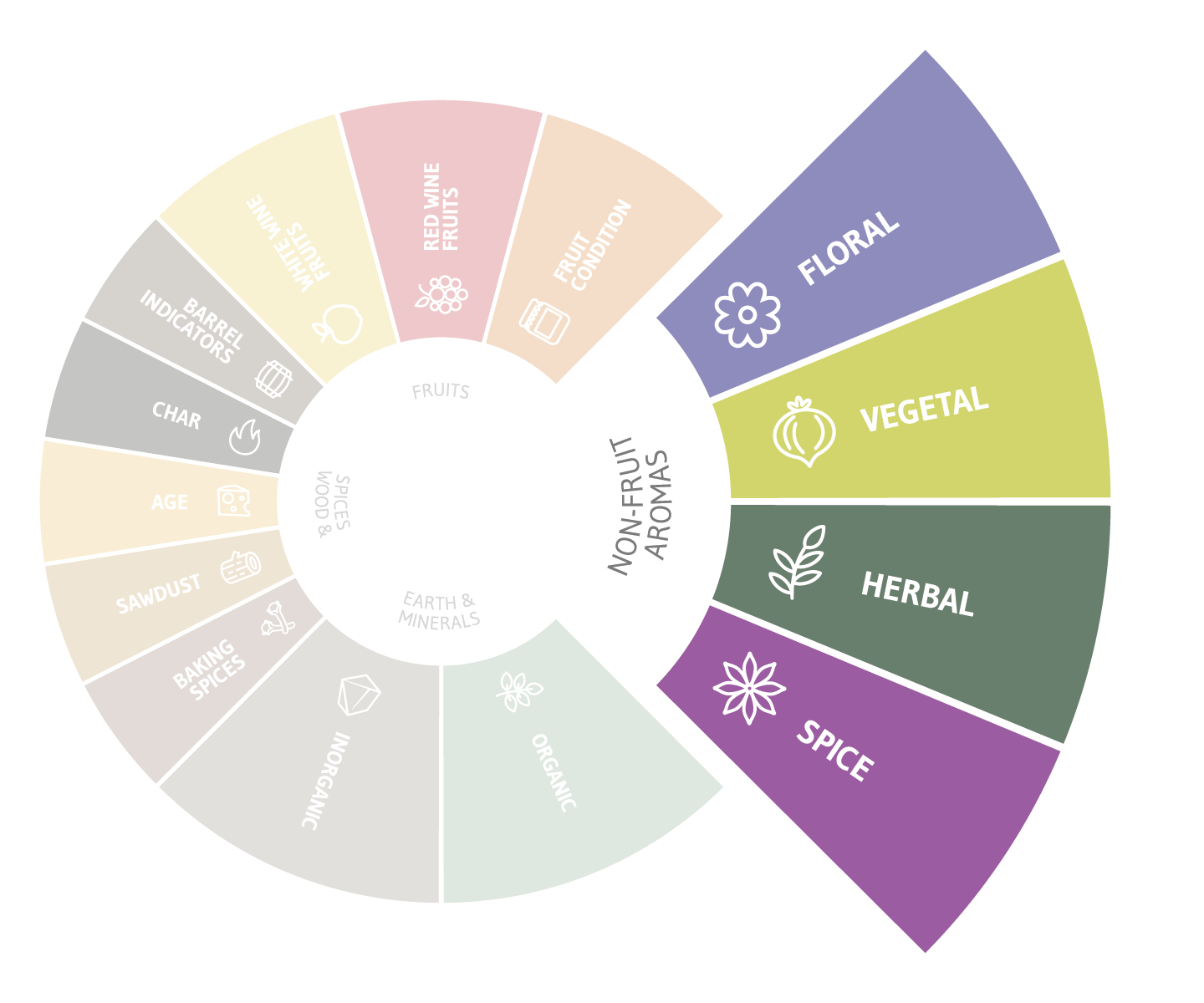
Next, try to isolate the non-fruit aromas. These are generally pleasant odors that add complexity and character to the overall bouquet of the wine.
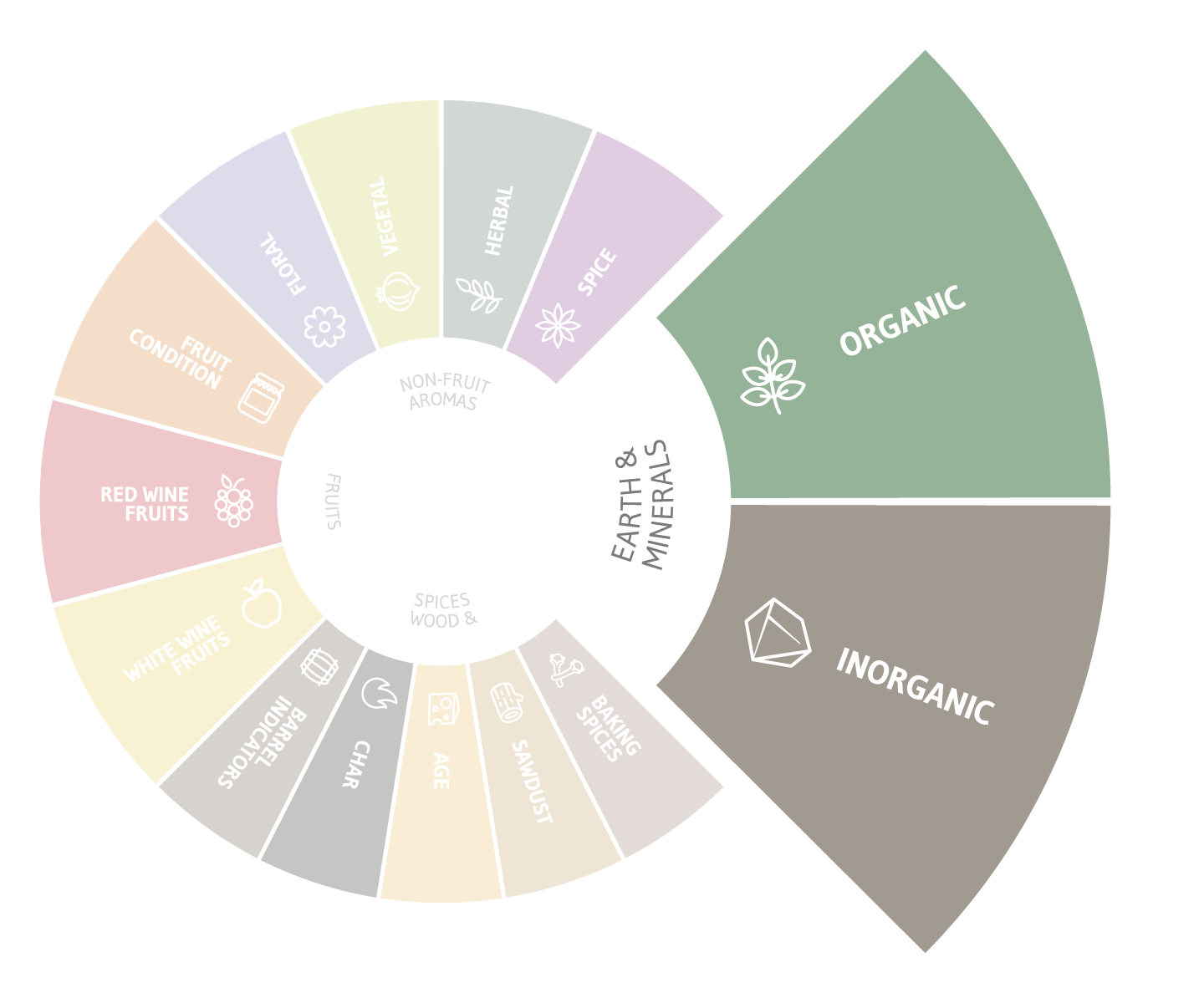
Finally, isolate the sub-layer of organic and inorganic scents. These smells don't necessarily make you think "food," but each one adds further complexity to the wine, and knowing how to recognize them is essential.
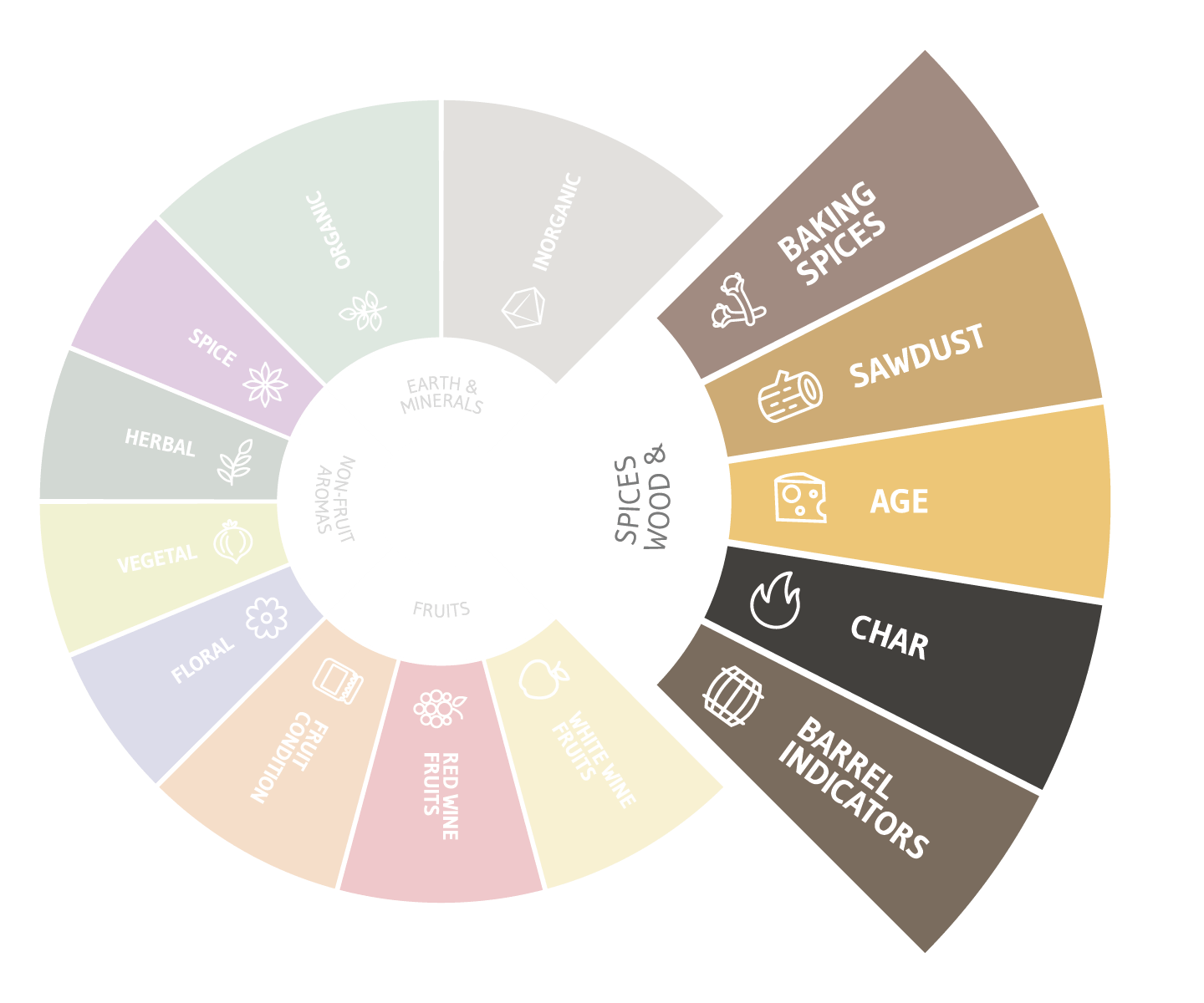
Next, let's look at the aromas that are associated with oak aging the wine. Here, scents of vanilla, caramel, mocha or honey — and their intensities — can indicate the kind of oak used, and the relative age and size of the barrel. The variables to be aware of when identifying oak in a wine's bouquet are:
Trust us, it's a good thing. Every year, under the right conditions, the parasitic fungus known as Botrytis Cinerea infects the skin of grapes, producing dried, sweetened fruit high in sugars — and this creates famed wines such as Sauternes and Tokaji Aszu, among others. Under these unique conditions in a few lucky vineyards, Botrytis Cinerea is known by a special name — ”noble rot.”